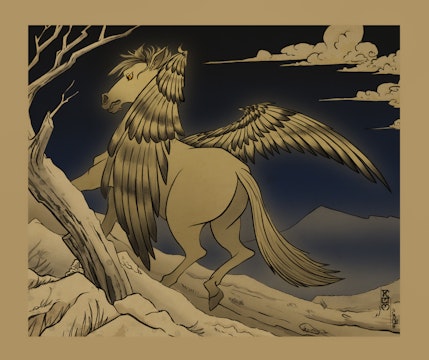Pakhangba
Pakhangba is a primordial deity, often represented in the serpentine dragon form in Meitei mythology and religion
Pakhangba is a primordial deity, often represented in the serpentine dragon form in Meitei mythology and religion
He is present in the heraldry of the Manipur kingdom, originating from "Paphal", the mythical illustrations of the deity belonging to the traditional beliefs of Sanamahism in Manipur.
The identity of the deity is often fused with "Nongda Lairen Pakhangba" (33-154 AD), the first ruler of the Ningthouja dynasty to sit on the throne of the Kangla Palace.
Before Pakhangba was known as Konjil Tuthokpa his father, Guru Sidaba, assigned him with the task of assisting his brother, Atingkok Sidaba, with the creation of the land, but he had a destructive tendency that destroyed the creation that his brother had built up gradually. Because of this Konjil Tuthokpa was known as Leithingai Haraba.
Atingkok was so furious after seeing his creation destroyed that he created the flying horse, Samadon Ayangbato, to stop his destructive brother. Haraba, to avoid the attack of Samadon Ayangba, transformed himself into a dragon-like snake. In the process, he moved in a mysterious way creating a specific pattern known as Paphal which even today is venerated as something very ancient, sacred, and occult by the Meitei community. Haraba got the name Pakhangba when he sat on the throne.





